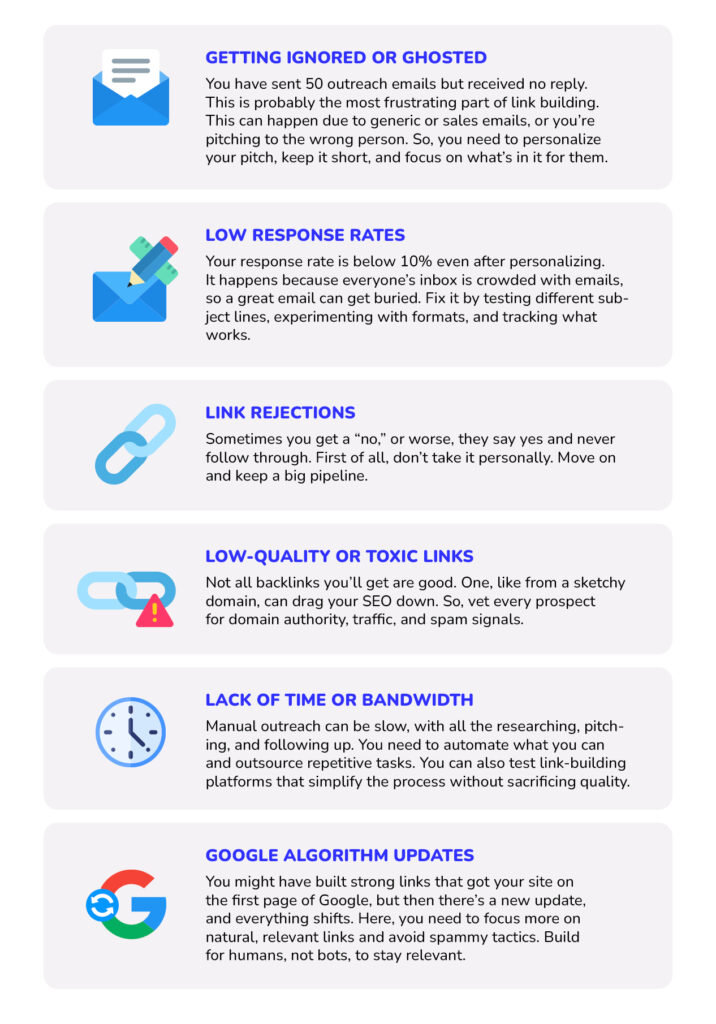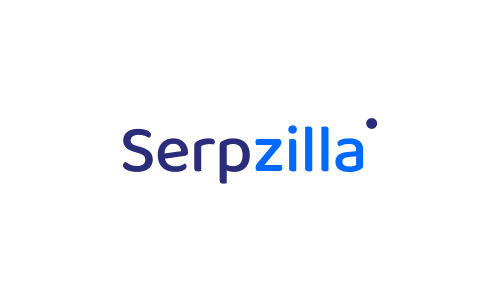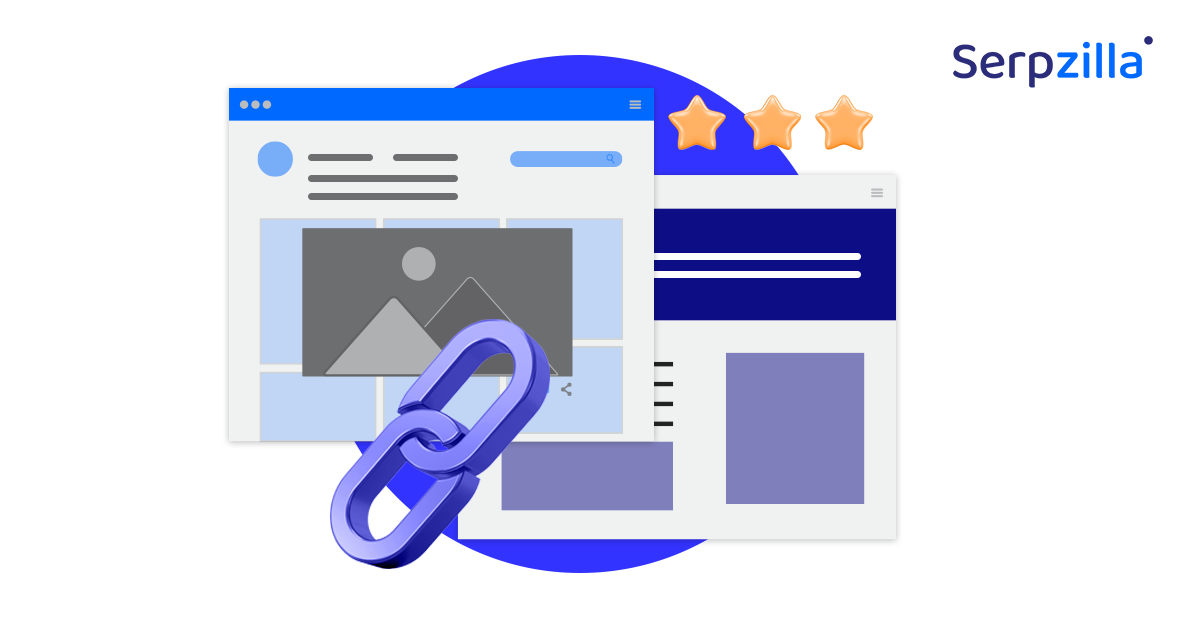Introduction
You’re here because you’re having a hard time ranking on Google, right?
You can write the best piece of content and post it out there, but if you’re not building backlinks, you’re basically shouting into the void.
I’ve been scaling businesses with SEO for over 10 years now, and every time a good piece of content isn’t performing well, 9 times out of 10, it comes down to one thing: a weak backlink profile.
Most people get caught up tweaking meta titles or trying out new keyword variations, which is fine. But the real shift happens when you start running an actual link-building campaign.
In this guide, I’ll explain exactly how to build links that work—no spammy outreach or wasting your budget—just the strategies and tools I use for the 25+ clients we manage at TrioSEO. And that get results like this:
Let’s get into it.
What is a Link Building Campaign?
If you’ve ever published a well-written, valuable piece of content and watched it sink without a trace in search results, my friend, you’re not alone.
And no, it’s not always because your content isn’t good enough. It’s because it doesn’t have links pointing to it.
When you’re leveraging SEO, links matter a lot. Google sees them as signals of trust. The more renowned sites link to your content, the more credibility Google gives it. And that translates directly to higher rankings.
That’s where a link-building campaign comes in.
A link-building campaign is a structured effort to earn backlinks from other websites, ideally ones relevant to your industry and with good domain authority.
It’s not guesswork. It’s not “let’s email a bunch of sites and hope for the best.” It’s a strategy.
You start by identifying link opportunities; then you reach out. You’re offering value; maybe you’ve got a stronger resource, expert insight, or just fixing a broken link.
The aim is to secure quality backlinks that enhance your domain authority and help your content perform better in search. Without links, your content lives in the dark—no matter how great it is.
With links, your website builds authority with Google and your backlink profile starts to look something like this:
Key Benefits of a Well-Orchestrated Campaign
Link building kind of has a reputation! Some people see it as a dry, technical SEO task. Others think it’s just about getting listed on random directories and calling it a day.
But in reality? A good link-building campaign can be one of the most powerful things you can do for your brand.
Here’s why:
You Rank Higher in Google
Backlinks are perceived as votes of confidence by search engines. The more quality websites that link to yours, the more credible your content appears in Google’s eyes. Backlinks from high domain rating (DR) websites are best and push the needle the most. Here’s an example:
And more credibility leads to better rankings.
Plenty of studies back this up! Pages on Google’s top spot have way more backlinks than those below. Not just a few more—in many cases, 3x or 4x more.
This means when you’re building links strategically, you’re not just helping one page. You’re boosting your whole site’s ability to show up for more competitive search terms.
You Start Getting More Organic Traffic
More visibility means more clicks. It’s just simple math; the higher you rank, the more people will land on your site.
The best part? You don’t need to keep spending on ads to keep the traffic coming.
Link building creates a compounding effect. One link today can continue to bring in organic traffic for months or even years. I see it as little highways that all lead back to one site.
Your organic traffic chart may even start to look like this:
Your Domain Authority Soars
You’ve probably heard terms like DA (Domain Authority), DR (Domain Rating), or Authority Score floating around. They’re all terms showing how strong your website is compared to others.
Backlinks play the largest role here.
Getting links from trusted and relevant sites tells search engines that you’re not just another blog on the World Wide Web but a trusted source. And as your authority builds, it becomes easier to rank new pages faster.
You Get Real Referral Traffic
Not all traffic that comes to your site is from search engines. A well-placed backlink can also drive people directly to your site, especially if the link is featured on a high-traffic blog, magazine, or directory in your niche.
This traffic isn’t just random; it’s a relevant, already-interested kind of traffic.
Let’s say your product gets linked in a blog that ranks #1 for “Best Tools for Freelancers.” Anyone reading that list is already surfing around, and a portion of them will click your link, visit your site, and potentially become customers.
Your Brand Gets Visibility
Good backlinks aren’t just good for SEO; they put your brand name out there.
Every time you earn a link, especially from a renowned site, you put your brand in front of a new audience. This builds recognition, and the more touchpoints people have with your brand, the more likely they are to trust you when they’re ready to buy.
Over time, it all adds up.
Your brand stops being a name they’ve never heard of and starts becoming a household name.
You Build Credibility and Trust
Recommendations from experts or trusted sites put a different kind of confidence in that brand.
So when a reputable website links to you, it’s like getting an online endorsement. It shows that your content is legit and not just to Google, but to the people reading it.
Whether it’s a guest post, a roundup mention, or an editorial link, every one of those nods from respected sites helps build your brand’s credibility.
Your Sales Go Up
When people trust your brand and your content shows up everywhere they’re already reading, sales will follow.
I’ve been working with SEO for over a decade now, and I can vet for it. A single well-placed link from an influencer’s blog or a media site can lead to a spike in product page visits, downloads, or direct sales.
Now, multiply that across a consistent link-building campaign, and the numbers start getting interesting.
How to Start a Link Building Campaign Without Overspending
Link building involves a lot of work, which can sometimes be a little expensive. Hiring agencies, paying for placements, buying tools, it all adds up.
But it’s not all bad, there’s some good news. You don’t need a massive budget to get started. In fact, some of the most effective tactics cost little to nothing. They just need time, strategy, and a bit of hustle.
Fix Broken Backlinks
Sometimes your own site might have some broken backlinks floating around. Let’s say someone linked to a blog post you deleted, or a page you moved without setting up a redirect; that link is now a dead end.
The fix is easy; you just have to reach out to the owner of that site and suggest a live, relevant page on your site that they can update the link to. Since they already wanted to link to you, there’s a good chance they’ll be happy to fix it.
Inherit Broken Links From Your Competitors
Your competitor’s loss can benefit you! If one of their pages is down and it is used to attract links, you can slide in and offer your content as a replacement.
Find those broken pages, recreate something better, and start reaching out to sites that are linked to them.
Keep it friendly, and explain why your resource makes a good replacement.
Get Your Content on Resource Pages
There are hundreds of blogs and organizations that curate resource pages, which are basically lists of helpful links on specific topics.
If you’ve created something genuinely useful, like a guide, tool, or template, these pages are goldmines for free backlinks.
You can find them with just a quick Google search and then reach out and ask to be included.
Create Link-Worthy Content
You don’t need to publish a 7,000-word post with custom graphics. Sometimes, simple and insightful content wins.
A few types of content that naturally earn links are:
- How-to guides that actually solve a problem
- Original research or data
- Listicles with curated resources
- Expert roundups featuring quotes from industry experts
- Free tools or templates that people can use
Get Featured in Roundups
Lots of blogs publish “top tools,” “best tips from experts,” or “weekly favorites” roundups.
These often link out to 5 to 20+ resources in a single post. You can find them by searching:
- “Best [your topic] blogs”
- “Top [industry] resources”
- “[keyword] roundup site.com”
Once you find a good fit, pitch your content to be included. Keep it short and show why your content’s a good addition.
Write Guest Posts
Yes, guest posting still works, and I have been leveraging it for a decade now. It yields results without spending much.
Start small. Pitch relevant blogs with a unique angle you can write about, ideally something you already know well.
Include links to your best content where it fits naturally; no keyword-stuffed anchor text is needed.
The important thing is to focus on creating genuinely helpful posts.
Best Platforms to Use for Link Building
If you’re trying to build links without draining your budget, you’ll need more than just hard work. You need the right tools. These platforms can help you research and build backlinks with efficiency.
Here are the best ones to start with:
1. Serpzilla
If you’re looking to build links without overspending, Serpzilla is a great starting point. It gives you access to a massive database of websites where you can find links directly at a price that suits your budget.
It is great as it gives you transparent pricing, a huge inventory of vetted sites, filters to target niche-relevant pages, and you only pay for what you use.
I’ve personally been using it for years for research, finding new backlink opportunities, and leveling up my backlink strategy. It’s one of the most trusted and reviewed backlink tools on the market.
Perfect if you need a quick boost or want to scale without relying entirely on outreach. Consider it your SEO link building best friend.
2. Semrush
Semrush is an all-in-one tool for all things SEO.
You can spy on competitors’ backlinks, identify broken links, discover link gaps, and manage outreach from one dashboard. It’s ideal if you’re fully invested in scaling your strategy.
Apart from all the features mentioned now, you’ll love it for its link toxicity checker and built-in outreach templates as well.
3. Ahrefs
Ahrefs is one of the most commonly used platforms for all the right reasons. They have a massive backlink database, and their UI is super clean.
Use it to find top-performing content in your niche, dissect your competitors’ link profiles, and spot high-value opportunities.
It offers a filter for “DoFollow” and active links, broken links, unlinked mentions, keywords, and content research.
4. BuzzStream
Link building is part strategy, part relationship-building. BuzzStream helps you manage contact lists, track conversations, and scale outreach while keeping things personal.
Why it works:
- Prospecting and outreach in one
- Email templates + automation
- Link tracking built-in
- Great for teams
If you want to stay organized while reaching out to a lot of sites, then you should use this tool.
5. Google Alerts
Set up alerts for your brand (or product names), and get notified anytime someone mentions you online. If they didn’t link to your site, then you’ve got an easy reason to reach out and ask.
Additionally, it is completely free and easy to set up. It’s a great tool for brand monitoring, too.
Best Practices for Running a Successful Link Building Campaign
Link building is a carefully structured process, with buying links, doing outreach, or earning them organically. With a smart strategy, you can save time, money, and a lot of ghosted emails.
Let’s look at some best practices to keep your campaign sharp and effective:
Decide What You Want
Are you building links to a homepage? A specific blog post? Trying to rank for a high-volume keyword? Define what success looks like for you.
With more traffic, higher rankings, or better domain authority, you can reverse-engineer your strategy from there.
Put Quality Over Quantity
One high-quality backlink from a relevant, high-authority site can do more than 20 spammy links from irrelevant domains.
You need to consider the site’s relevance, traffic, domain authority, and link profile health before placing or earning a link.
Diversify Your Tactics
As the old saying goes, don’t put all your link-building efforts into one basket. Mix it with strategies like guest posts, broken link building, link insertions, or buying links.
The more diverse your link sources are, the more natural your backlink profile looks to Google.
Use Data to Guide Your Campaign
Track what’s working and what’s not. Use tools like Ahrefs, Semrush, and Serpzilla’s dashboard to monitor link quality, growth over time, and even lost links.
Write Outreach Emails That Actually Get Opened
If you’re doing cold outreach, then skip using generic templates. Make it personal, short, and focused on value for the recipient, not just what you want.
Avoid Over-Optimized Anchor Text
Google can notice when you stuff your anchor text with exact matching keywords, which makes you look spammy. Keep it natural; use branded, generic, or partial-match anchors to keep things organic.
Build Real Relationships
Links are easier to get when people know and trust you. Whether it’s through X, LinkedIn, or good old-fashioned emails, build genuine relationships with other site owners to maintain engagement in the long run.
Common Challenges in Link Building Campaigns
After reading all these, you might feel like link-building campaigns are easy to conquer. Find a good site, get a link, and boost your SEO. Done, right?
If only it were that easy. Here are the most common roadblocks marketers hit:

Frequently Asked Questions (FAQs)
Let’s explore some common questions that everyone asks about link-building campaigns.
How Long Does It Take to See Results From a Link Building Campaign?
It totally depends on your domain authority, content quality, link relevance, and niche’s competitiveness. However, according to Search Engine Journal, it usually takes 3 to 12 months to see a notable change.
Google doesn’t reward links overnight. You have to be consistent, and you need high-quality backlinks to move the needle over time.
How Can I Automate Link Building Tasks or Work Faster?
One of the best ways to automate your link building and to accelerate the speed at which you’re able to land SEO backlinks is to use a tool like Serpzilla.
Serpzilla taps you into thousands of websites where you can build backlinks specific to your business and that will add the most value for your overall domain authority.
What is the Ideal Budget for a Link Building Campaign?
There’s no one-size-fits-all number, but here’s a ballpark: depending on the industry, pricing can range from $100 to over $1500 per link.
A typical campaign budget ranges from $5,000 to $20,000 per month, and this amount is often linked to content marketing efforts with additional performance metrics.
How Many Links Should I Build Per Month?
It’s not about how many links, but more about how good those links are. But if you want a number, then it is safe to aim for 10-15 quality links from reputable sites, which is a good starting point.
While getting backlinks, keep in mind that you’re doing it for the long term. A few solid backlinks beat dozens of spammy ones each time.
Is Link Velocity Important in Campaigns?
Yes, but you don’t have to put too much pressure on it.
Link velocity is how fast you’re gaining backlinks. Sometimes, getting unnatural spikes like hundreds of links overnight can look spammy, and Google notices it.
You need to focus on steadily growing your backlinks, avoiding sketchy link farms, and matching your link growth to your content and marketing efforts.
How Often Should You Audit Your Backlink Profile?
Conducting an audit every quarter is ideal. But once a month is better if you’re actively building links or working in a volatile niche.
A detailed audit will also allow you to notice toxic/spammy backlinks, broken or lost links, and other issues.
Conclusion
So yes, link building might not be the most exciting part of SEO, but it is one that’ll get you results. And once you’ve got a good system in place, it doesn’t have to feel like a tedious task.
Running a consistent campaign can completely transform a site. I am talking about homepage links from the same industry blogs, referral traffic from niche roundups, and rankings that actually last.
If you take one thing from this guide, let it be this: start small, stay consistent, and focus on value.
And if this still feels like a lot, contact me. I’m deeply invested in this every day at TrioSEO, helping businesses turn their sites into something Google wants to rank.






